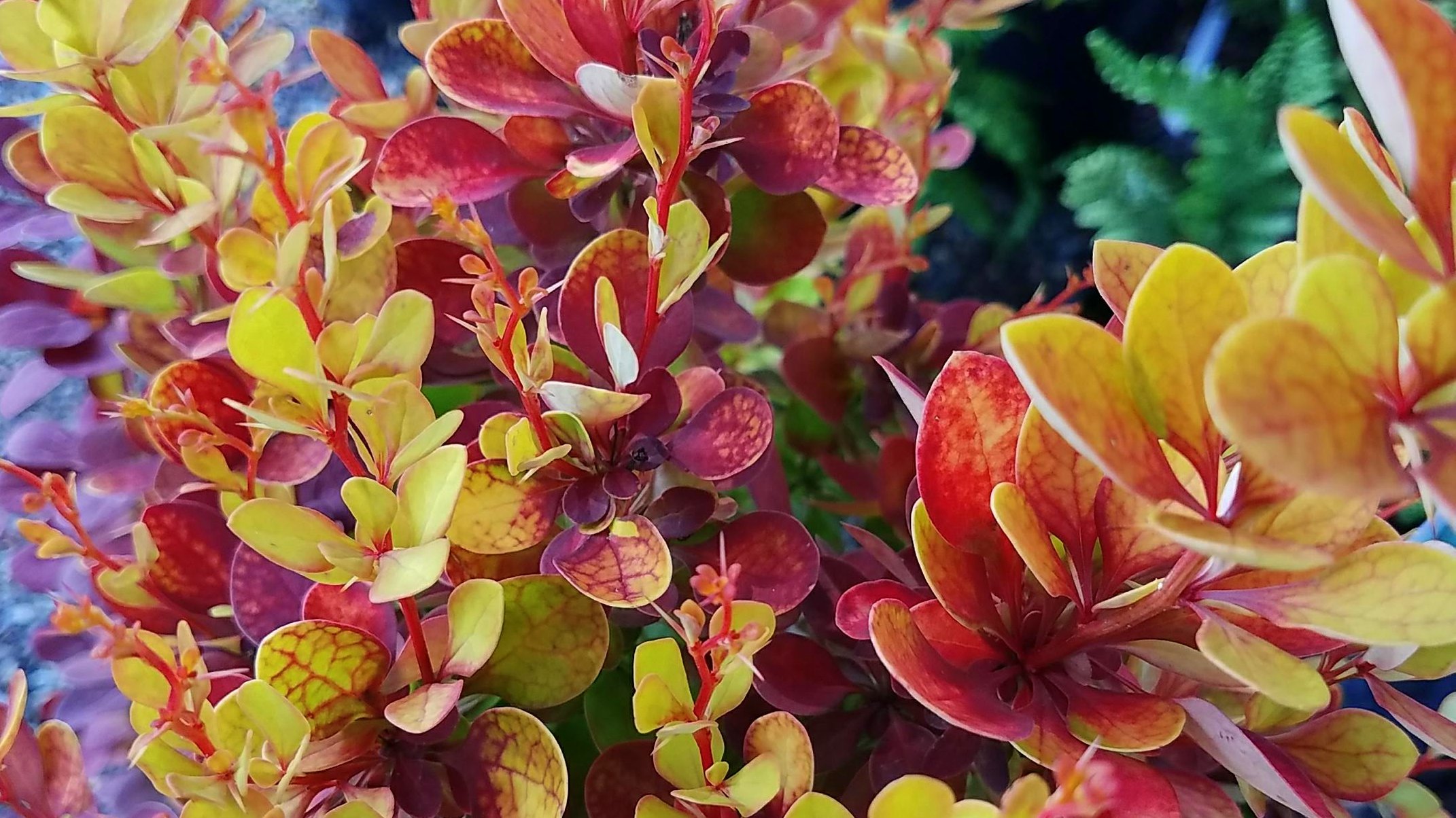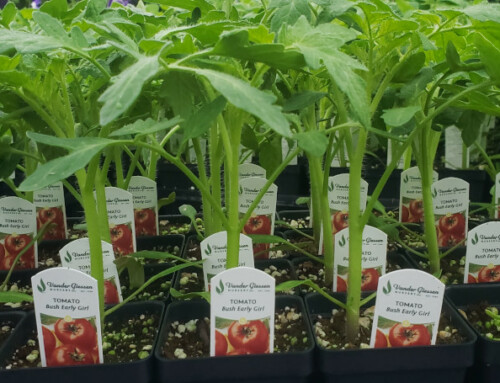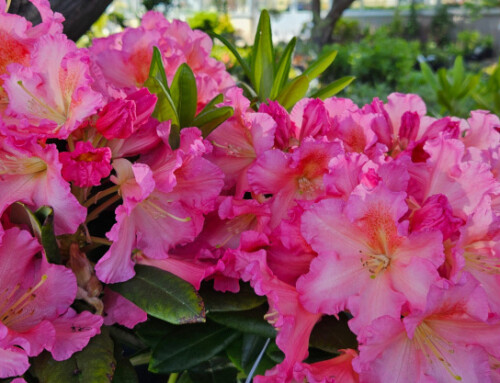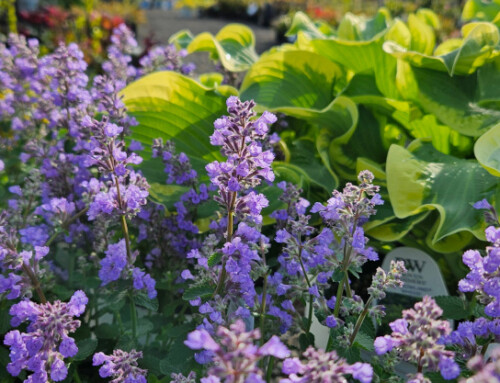With summer just around the corner, it’s prime season for working around the yard. June’s long days are ideal for tending to the yard and landscaping around the house. Whether you’re working to ensure a healthy lawn through summer or planting shrubs and trees around your home, here are a few tips to ensure success in your endeavors.
First, June is the perfect time to feed your lawn before summer. Back in March or April, you might have fed your lawn in conjunction with killing moss, but if you haven’t fed it since, it’s time to fertilize it again. In late spring, many people fertilize with “weed & feed” fertilizers, and while it’s a convenient way to kill weeds, it’s not all that effective.
Although weed & feed is a great idea, the fact is that in order to kill weeds, the granules of fertilizer have to land on a weed and stick to it. Unfortunately, this method misses many of the weeds in the lawn, so instead, I recommend feeding with a regular fertilizer and spraying for weeds as needed, with much better results. For late spring, feed with either Scotts Turf Builder or Turf Builder with Moss Control. Regardless of any moss your lawn may or may not have, Turf Builder with Moss Control has extra iron and less nitrogen, giving grass a rich green look without as much growth.
Second, late spring offers great weather for landscaping with shrubs, trees, and perennials around the yard. As you plan for what to plant where, keep in mind that in addition to sun exposure, winter wind exposure can be just as critical to understand, especially in the northern part of Whatcom County. Nandina is one of my go-to plants for year-round color—with shades of burgundy, pink, and bright green in spring and flaming red in winter, varieties like ‘Burgundy Wine’ and ‘Firepower’ are remarkable year-round. However, nandina can drop its leaves if exposed to a winter northeaster, so remember that we do experience four seasons and plant these beauties on a south or west-facing side of the house.
As you’re landscaping, one of my favorite new shrubs this year is ‘Orange Torch’ barberry, a striking columnar barberry with ever-changing tones of gold, lime green and rusty orange. Now, I can just hear many of you saying, “But it has thorns!” Yes, barberry can be prickly, but the colors they lend to a landscape are unmatched by just about any other plant, so find a spot in the garden to enjoy it without having to work around it and relish its splendor.
Finally, whether you’re planting a barberry or any number of other shrubs, it’s important to remember some basic care tips and expectations you should have. I always recommend using a plant starter like Bonide Root & Grow or Espoma Bio-Tone to stimulate root development and reduce the effects of transplant stress. Along with using a transplant fertilizer, water, water, water! In a nursery setting, plants are watered every day, and for at least the first few weeks after you plant, you will need to continue that regimen while your newly-installed landscape takes root.
Also, don’t be alarmed if some of your plants’ leaves begin to shrivel in the days after planting. Some plants—barberry, dappled willow, and spiraea, to name a few—have very tender new leaves, and while these are all very hardy plants, they may actually drop some leaves in the days after transplanting. Just keep watering and in a couple of weeks they will begin to put out fresh new growth once again.
This month, enjoy the long days, pleasant weather, and the chance to add fresh landscaping around your home!








Leave A Comment